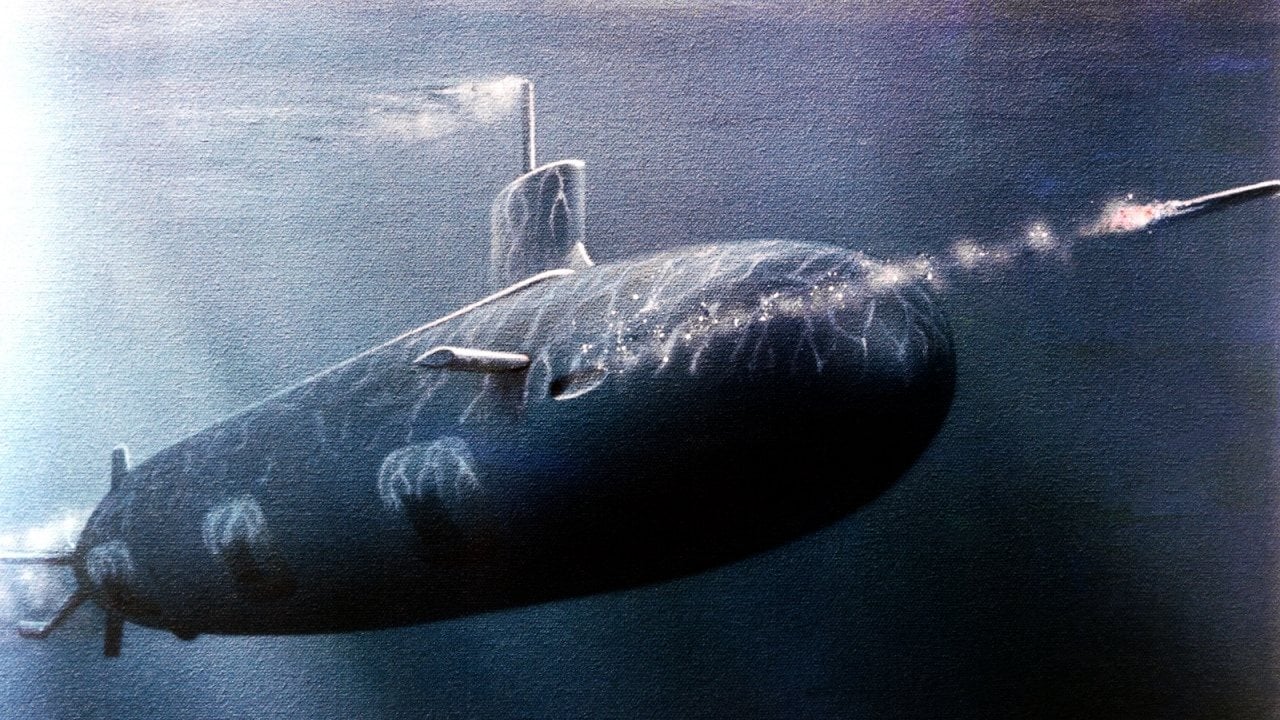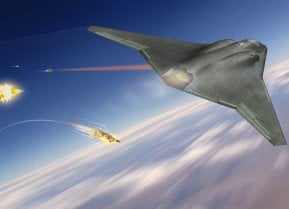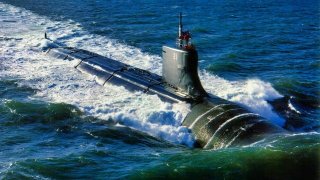How Fast is the U.S. Navy's Seawolf-Class Submarines?
The U.S. Navy's Seawolf-class submarines, comprising three nuclear-powered fast-attack vessels, are renowned for their speed, stealth, and firepower. Capable of reaching 35 knots underwater, these submarines remain the fastest in the Navy’s arsenal, making them highly relevant even decades after their inception.
Summary and Key Points: The U.S. Navy's Seawolf-class submarines, comprising three nuclear-powered fast-attack vessels, are renowned for their speed, stealth, and firepower. Capable of reaching 35 knots underwater, these submarines remain the fastest in the Navy’s arsenal, making them highly relevant even decades after their inception.

-Designed during the Cold War to counter the Soviet Union’s Typhoon-class missile submarines, the Seawolf-class is larger, quieter, and more heavily armed than its Los Angeles-class predecessors.
-The USS Jimmy Carter, the last of the class, stands out with a unique 100-foot hull extension and special modifications for covert operations.
What Makes the Seawolf-Class Special? Speed Is a Part of the Equation
The U.S. Navy’s submarines are some of the quietest, fastest, and most lethal boats in the seas. One of the service’s classes of nuclear-powered, fast-attack submarines races forward as the fastest of them all.
The Navy’s three Seawolf-class vessels are capable of reaching an underwater speed of 35 knots per hour. This capability keeps the relatively old Seawolf class relevant in the modern era.
An Overview of the Seawolf-Class
The Seawolf class came about during the arms race between the U.S. and the USSR. The U.S. Navy needed a new submarine class specifically able to counter the Soviet Union’s Typhoon ballistic missile boats.
The Seawolf subs were designed to be larger, quicker, and quieter than their Los Angeles-class predecessors. They were built from HY-100 steel and designed to carry more weapons than earlier variants.
What Makes USS Jimmy Carter Stand Out?
After the Soviet Union collapsed in the early 1990s, defense priorities shifted and production of the Seawolf class was cut short. Only three Seawolf submarines ever made it to the production phase.
USS Seawolf, the lead ship of the class, was initially ordered in 1989 from the Electric Boat Division of General Dynamics. USS Connecticut was commissioned roughly a decade later, followed by USS Jimmy Carter in 2005.
USS Jimmy Carter is considered its own sub-class, as it features a number of distinct modifications. Specifically, Jimmy Carter was designed to be able to carry out covert surveillance and special operations missions via its special thrusters and a 100-foot hull extension known as the Multi-Mission Platform.
Specs and Capabilities
While USS Seawolf and USS Connecticut have a submerged displacement of around 9,137 tons, USS Jimmy Carter’s submerged displacement measures 12,139 tons.
Each of the Seawolf-class boats is equipped with eight 26.5-inch torpedo tubes, which are capable of launching a vast array of weapons including Tomahawk land attack cruise missiles, Mk 48 guided torpedoes, and Harpoon anti-ship missiles.

The class boasts advanced sonar. A Tercom-Aided Inertial Navigation System guides each missile toward the intended target. While the Tomahawk can be fitted with a nuclear warhead, these submarines rarely carry such munitions. As detailed by Naval Technology, “Block III improvements include an improved propulsion system and Navstar global positioning system (GPS) guidance capability. The anti-ship Tomahawk missile is equipped with inertial guidance and an active radar and anti-radiation homing head. The range is up to 450km.”
The Seawolf-class ships may be aging, but they are still the fastest submarines in the Navy’s inventory.
About the Author: Maya Carlin
Maya Carlin, National Security Writer with The National Interest, is an analyst with the Center for Security Policy and a former Anna Sobol Levy Fellow at IDC Herzliya in Israel. She has by-lines in many publications, including The National Interest, Jerusalem Post, and Times of Israel. You can follow her on Twitter: @MayaCarlin.
All images are Creative Commons and/or Shutterstock.


